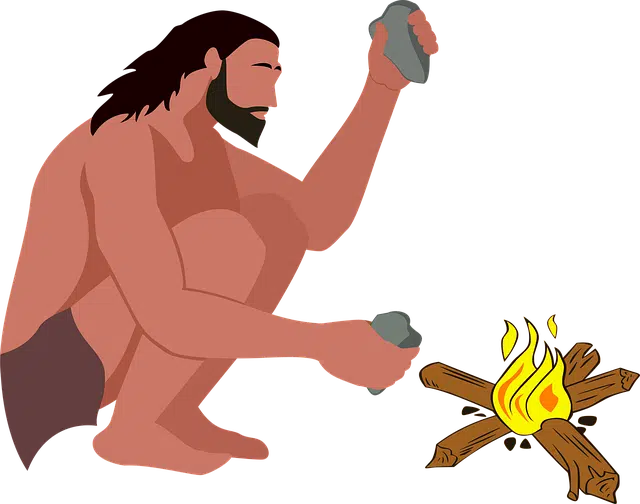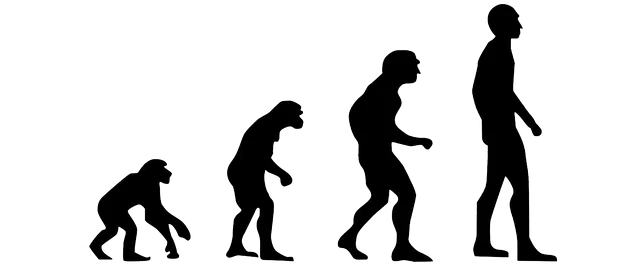
Homo sapiens is the only surviving species of the genus Homo.
Homo is the genus of hominid primates that belongs to the tribe Homininis . The only species of Homo that still exists is Homo sapiens (the current human being ), since all the others have become extinct.
Homo sapiens can be translated as "wise man." Scientists classify as archaic Homo sapiens several species of Homo that emerged about 600,000 years ago and that share various characteristics with Homo sapiens , although they do not have the same anatomy.
Different denominations
Modern Homo sapiens , for their part, have an appearance similar to modern humans. These individuals would have lived in a period between 260,000 and 100,000 years before the present. As for Homo sapiens sapiens ( modern man ), it is believed to be about 195,000 years old .
It should be noted, in any case, that the trinomial name ( Homo sapiens sapiens ) is no longer usually used because the phylogenetic link between Homo neanderthalensis and modern humans has been discarded, although it is sometimes used to make the distinction between the archaic human being and the current one.

It is estimated that today's Homo sapiens emerged around 195,000 years ago.
The body and mind of Homo sapiens
The body of Homo sapiens has a high level of complexity, with a close interrelationship between its organs , tissues , devices and systems . Their capacity for locomotion and movement, their opposable thumbs (which facilitate the use of instruments) and their sexual dimorphism are other physical characteristics.
The main difference between Homo sapiens and other species of the genus Homo, however, is found in their mental abilities. The human being is aware of himself, his past and his condition as mortal; can plan; develops abstract thoughts, etc.
The language
Although it is possible to find the concept of language in nature, it is usually used to refer to natural languages, what human beings use for communication. Martin Heidegger, a 20th century German philosopher whose image is usually associated with Nazism given his close and favorable relationship with this disastrous stage of humanity, considered that only man, Homo sapiens, is capable of using language; In one of his best-known theses, he expressed that language is the house of being and the place where the essence of our species lies.
Ernst Cassirer, a contemporary philosopher of Heidegger from Prussia, had a similar way of understanding these concepts: he defined Homo sapiens as the maximum expression of the symbolic animal, based on the fact that it is almost impossible to conceive human thought without resorting to symbology. especially of the signifier as an element that collaborates with complex thought, which transcends the plane of instinct to go beyond the tangible and the lived.
Linguistic level of current Homo sapiens
Currently, our species shows clear advances at the linguistic level with respect to the beginnings of Homo sapiens, almost 200,000 years ago, as it explores its symbolic side through the more than 6 thousand languages spoken on Earth. However, it is worth mentioning that more than half of the world's population (which is around 7 billion) masters at least one of the following languages : Spanish, Mandarin Chinese, English, Hindi, Arabic, Russian, Portuguese or Bengali. .
Thanks to the use of language, Homo sapiens has managed to transmit the wisdom that it acquired in each generation to its contemporaries and descendants, but it has also been able to explore its capabilities and learn from those of others, both those of other humans and those that it noticed. in individuals of other species . Furthermore, since the invention of writing and, later, the printing press, a person's knowledge can be immortalized and consulted anywhere in the world.
